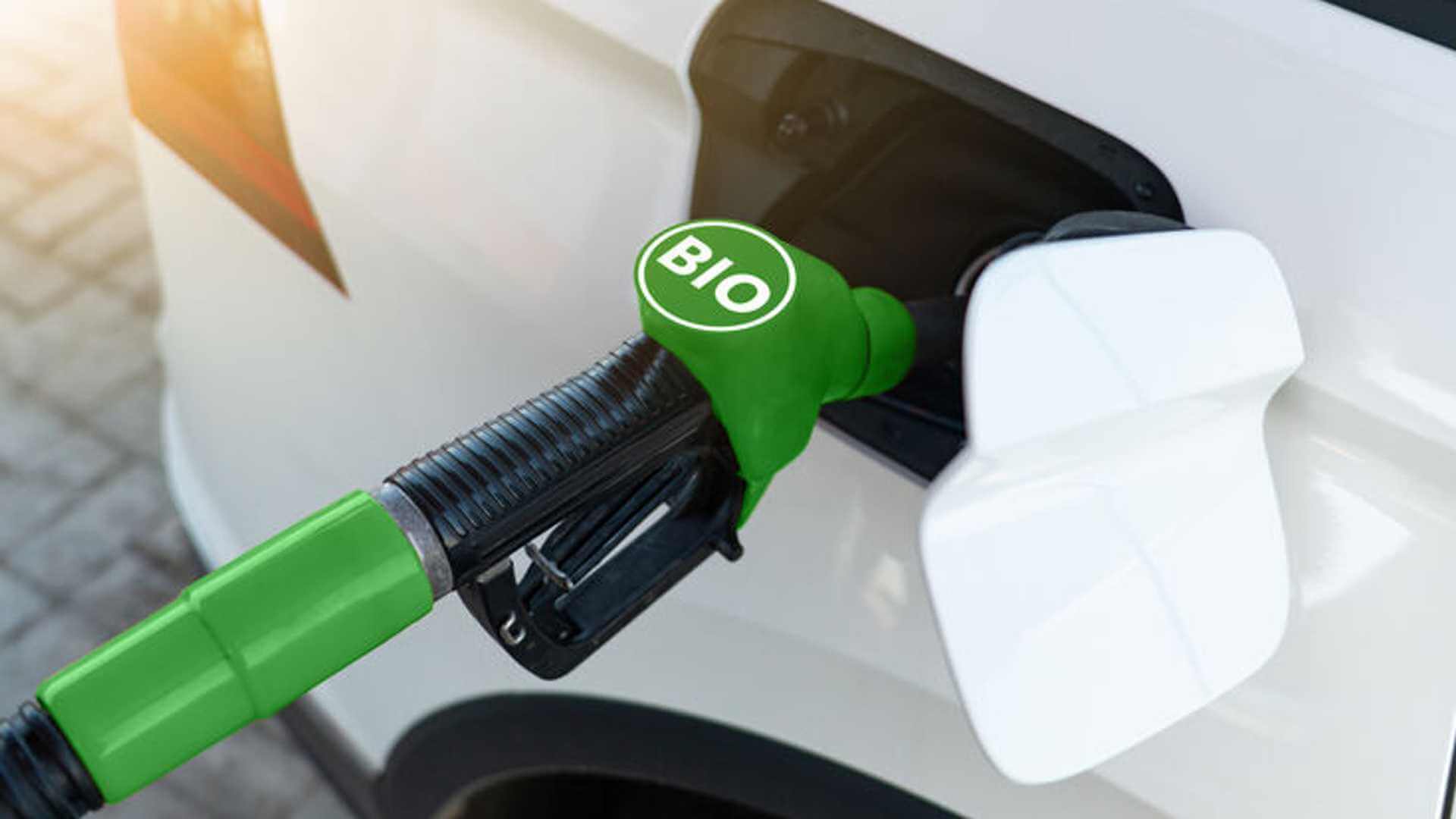Over the years, continuous use of fossil fuels is making Earth dangerous, causing warmer oceans, more natural disasters, decreasing biodiversity, and melting ice caps. To avoid this, many countries started finding safer ways to power transport, homes, and industries instead of relying on fossil fuels. And it leads to the production of carbon-neutral fuels.
This article discusses carbon-neutral fuels, why they are needed, their use, and how they are manufactured.
What is Carbon-Neutral Fuel?
Carbon-neutral fuels are produced as greener alternatives to the traditional liquid fuel used in combustion engines. The distinctive feature of carbon-neutral fuels is they do not affect the quantity of carbon dioxide in the environment when burned. They don’t either increase or decrease its amount. Although carbon-neutral fuels emit carbon dioxide and other greenhouse gases during combustion, the emitted C02 is equal to the net-zero quantity of carbon in the atmosphere. As long as carbon-neutral fuels are created using the carbon dioxide obtained from renewable sources, there is no gain in the atmospheric carbon.
Another factor that makes carbon-neutral fuels stand out is that they are considered renewable energy, which means there is no concern about resource depletion in the future.
Carbon-neutral fuels are great at decreasing the number of greenhouse gases released by humans into the environment. The atmospheric carbon levels are increasing daily; these fuels can help us a long way to keep these carbon levels from rising. It will help slow climate change and global warming effect.
Examples of Carbon-Neutral Fuels
Below are a few examples of different carbon-neutral fuels:
- Biodiesel: Produced from renewable energy resources, including vegetable oils and animal fats.
- Green Hydrogen: Made by electrolysis, using electric current to separate oxygen and hydrogen in water molecules.
- Bioethanol: Produced from different plant materials.
- eFuels: Produced from carbon dioxide and hydrogen.
- Methanol: Liquid form of carbon-neutral fuel produced from sugar, wheat, or corn.
Why are Carbon Neutral Fuels Needed?
To prevent and stop climate change, carbon neutrality is essential. The atmosphere becomes unable to function appropriately and heats the air when harmful chemicals are overloaded. Carbon-neutral fuels are needed to keep our environment safe from such harmful chemicals. Moreover, it’s not only the key to avoiding climate change consequences, but it also positively impacts our communities, that includes:
- Health improvements
- Less atmospheric pollution
- Sustainable economic growth
Humans are responsible for atmospheric damage, so it’s our duty to undo the damage by achieving carbon neutrality.
Tips on How to Be Carbon Neutral
Here are a few tips on how to have carbon-neutral living:
- Reevaluate how you transport: The best way to reduce your carbon footprint is by accessing the way you travel. It is one of the huge contributors to the carbon footprint; consider using an electric vehicle or driving less for a more sustainable transportation option. Furthermore, to reduce your carbon footprint dramatically, riding a bike or walking are the best choices for shorter journeys.
- Purchase second-hand clothes and resell unused items: Clothing has a big footprint, like transportation. Therefore, purchasing clothes from thrift stores is the best way to reuse them and reduce carbon footprints. Also, consider donating or reselling old clothes instead of piling them up in landfills and creating pollution.
- Consider your water usage: Water conservation decreases the need for energy-intensive activities like water purification, pumping, and heating. This reduces the carbon footprint of energy production and use.
- Reduce your use of plastic: This is obvious from a recycling point of view; single-use plastics are non-recyclable, and their manufacturing setup also needs a massive amount of electricity and energy. Consider cutting off plastic bottles, bags, and containers and take a step towards sustainable living.
Usage of Carbon-Neutral Fuels
Carbon-neutral fuels are produced to replace the traditional fuels used in the energy and transportation sectors’ combustion engines. Let’s have a closer look at both of them separately.
Transportation Use
Carbon-neutral fuel is an alternative to the fossil fuels used in trucks, cars, and aeroplanes. Reducing the amount of emissions in the transportation sector will significantly reduce the overall emission rate, as the majority of harmful gases emission arise from this sector.
Almost 26% of the emissions within the transportation sector come from mid to large-sized vehicles, such as trucks, that are used for transporting items across the country, and 57% of greenhouse emissions come from personal cars. Carbon-neutral fuels can effectively reduce carbon emissions caused by the transportation sector.
Carbon-neutral fuels can even be used in aeroplanes. European scientists have become successful at creating jet fuel using solar energy, carbon dioxide, and water. These carbon-neutral jet fuels can help reduce the aviation industry’s annual emissions significantly.
Energy Generation
Fossil fuels have been used worldwide for years to generate electricity; the United States relied on fossil fuels to produce 60.8% of its power in 2021. Electricity plants combust fossil fuels to turn generators to produce electricity. You can use carbon-neutral fuels to replace fossil fuels to generate this energy.
The best part of generating electricity from carbon-neutral fuels is that CO2 released during combustion can be reused repeatedly to produce more carbon-neutral fuels.
How to Make Carbon Neutral Fuels?
Carbon-neutral fuels are produced with the help of chemistry. The Department of Energy in the U.S. transformed water and CO2 into ethanol, a necessary component for producing carbon-neutral fuels.
Electrolysis is carried on to separate water and carbon dioxide molecules and then reassembled to produce ethanol. Carbon dioxide is challenging to separate traditionally; the discovery of electrolysis has made it easy. This means carbon can be captured from existing industrial processes and then produced ethanol from it to use in carbon-neutral fuels.
If the electricity derived from a renewable source (solar power or wind energy) is used in this process, then the production of carbon-neutral fuels doesn’t depend on anything that emits CO2.
Are Carbon Neutral Fuels Really Green?
Many companies around the world believe that carbon-neutral fuels are totally green and reduce harmful emissions effectively. According to a survey, carbon-neutral fuels can save 2.8 gigatons of carbon dioxide from being emitted into the environment by 2050. On the other hand, many fossil fuel companies owner, who see their businesses being threatened, are against it.
In fact, how green the carbon-neutral fuel actually is, depends on its manufacturing. If it is manufactured in a location where the electricity source is totally renewable or powered by another green source, then the fuel will be 100% green. However, carbon-neutral fuels will produce emissions if produced in a location where the electricity has fossil fuel usage.
Is There Any Company Selling Carbon-Neutral Fuels?
Some companies worldwide have started producing and selling their own greener Carbon-neutral fuels. A few of them are listed below:
Porsche
Porsche is working on different projects (one of them is Haru Oni) to find out ways to create carbon-neutral fuels on an industrial level. This company has created the world’s first commercial and integrated plant for producing eFuels.
Shell
Shell market its Helix Ultra fuel as a carbon-neutral fuel. According to them, “They are carbon neutral through energy-efficient manufacturing, sustainable packaging, and nature-based carbon credits.”
The manufacturing list of Shell describes that it’s the only company producing and selling synthetic fuels in Canada.
Neste
Neste is known as the world’s top producer of sustainable aeroplane fuel and renewable diesel. Neste’s product, “My Renewable Diesel”, is produced from entirely renewable raw material, decreasing emissions 90% less than greenhouse gas emissions.

Frequently Asked Questions (FAQs)
Climate-neutral refers to harmful greenhouse gases and carbon dioxide, while carbon-neutral only refers to carbon dioxide emissions. Both are the best options for the Earth, but carbon neutrality wins when it comes to reducing the negative impacts of harmful emissions on our planet.
No coal isn’t carbon-neutral; it emits more carbon than natural gas or petroleum during combustion. Coal is extracted from underground, where it can’t emit CO2 into the atmosphere. So, when it is taken out from the Earth’s surface and undergoes combustion, it emits more carbon dioxide than the natural carbon cycle, causing global warming.
Yes, biofuels are widely available carbon-neutral fuels as they convert biomass such as vegetation and wood into fuels. The CO2 emitted during this process doesn’t add additional carbon, as it is already in the carbon cycle.
Companies need to change how they reduce emissions and utilise energy to become carbon neutral.
Here are changes that can help make companies carbon-neutral:
- Use energy-efficient tools and equipment
- Use clean power sources
- Recycle items
- Produce only recyclable packaging
- Join energy-efficient events and programs
Last Words
Carbon-neutral fuels certainly have a promising future, as they significantly reduce emissions and help keep the climate safe. As it is an excellent alternative to fossil fuels, each country needs to focus on its manufacturing and using them to produce electricity and power transportation.










